
Bolechowice
Elaboration author
Artur Karpacz
Monuments
Parishes
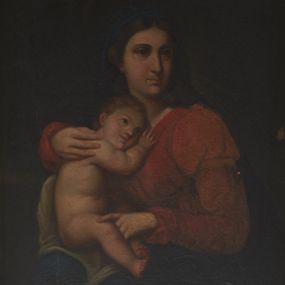
Picture
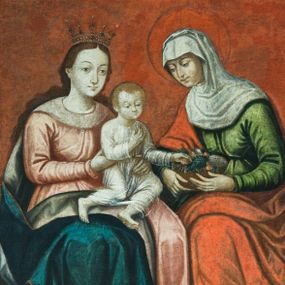
Picture
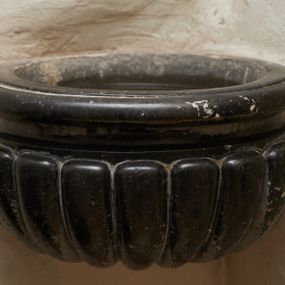
Two stoups
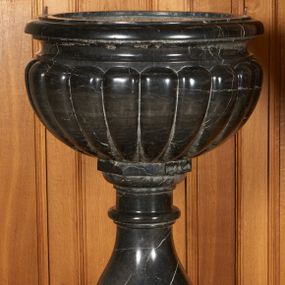
Baptismal font
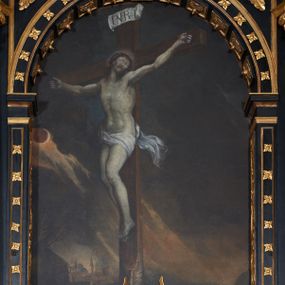
Picture
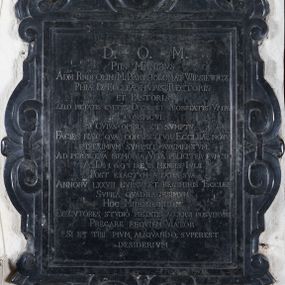
Epitaph plaque of father Bartłomiej Wiesiewicz
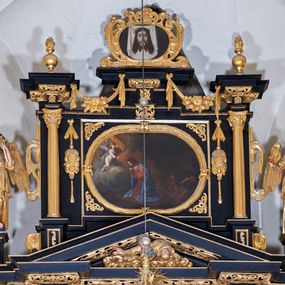
Picture
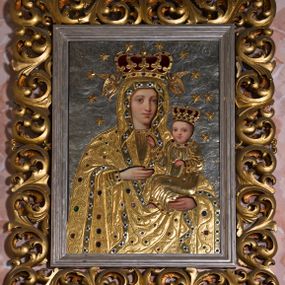
Picture
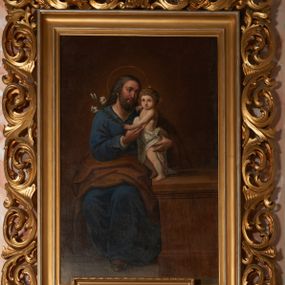
Picture
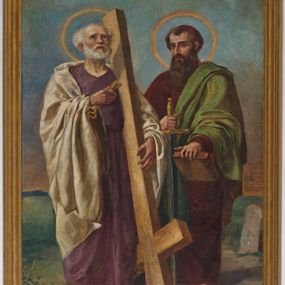
Picture
History abstract
In 1243, the village was given by duke Bolesław V the Chaste to the bishops of Cracow, which bound its fate with the cathedral until the end of the old Polish era. Presumably, at the turn of the 13th and 14th centuries, Bolechowice was transferred to German law. From the 15th century, there were two taverns and a bishop's farm in the village, located in the hamlet of Wola. According to the conscript register of the Cracow voivodship of 1629, the town had 15 kmiecy lans, cultivated by 14 homesteaders and 10 landless tenants. During the Swedish invasion, Bolechowice was completely plundered by invaders, and over a hundred years later the inhabitants witnessed the Bar Confederation, the Kościuszko Uprising and the partitions of Poland. After the dissolution of the property of the Cracow bishops by the Austrians, the property passed into private hands (remaining in the possession of the Ożegalski family from the 1870s). By decision of the Congress of Vienna in 1815, Bolechowice was located within the borders of the Free City of Cracow. During the slaughter (1846), local people did not oppose the nobility, but vice versa - stood in opposition to the partitioner. The abolition of serfdom and the enfranchisement of peasants in 1848 resulted in a loss of free labour and changes in the noble and church property management system in the region. Self-help organisations, such as agricultural circles and savings and loan associations, played an important role in introducing technological innovations and raising public awareness in the processes. Rural teachers and the Community school, operating in the town since 1819, were also of considerable importance for the increase of peasants' awareness. At the end of the 19th century, Bolechowice, together with the hamlets of Wola and Zielona, was inhabited by over 800 people, and in the noble estate there were two taverns, a mill, a manor, a forge and a court. The beginning of the 20th century is a period of exploration of valleys and limestone rocks northwest of Bolechowice, which have become a popular climbing place for mountaineers. After the outbreak of World War I in 1914, fights took place in the vicinity of Skała, during which the tsarist army was pushed away from the border of Western Galicia, so that until the end of the World War I, the area remained outside the arena of military action. When Poland regained its independence, the Polish Liquidation Committee took over the power in the communes. In the interwar period Bolechowice had over 1000 inhabitants and the property was still in the hands of the Ożegalski family. Quarries and dairy workshops operated in the village. Shortly after the outbreak of World War II on the 5th of September 1939, the German army occupied Bolechowice, which was the beginning of a five-year occupation period. The village became part of the newly established General Government, and the Nazis quickly ordered the supply of obligatory food quotas. In addition, the inhabitants of the region witnessed executions performed by the German Security Police on the local intelligentsia. In view of the tightening of the occupation conditions, underground and partisan movements, represented by the Home Army and units connected with the National Democracy and the People's Party, were organized. In January 1945, a great offensive of the Russian army was launched, which quickly occupied the areas around Cracow. The period of People's Poland is the time of perennial and long-standing modernization of villages. After the agricultural reform, the manor house was converted into a health cooperative and was entered in the register of monuments (in 1974 it was purchased by Janusz Roszko, a reporter and prose writer). In a nearby valley, a landscape reserve "Wąwóz Bolechowicki" was established with designated walking routes.
How to cite?
Artur Karpacz, "Bolechowice", [in:] "The Sacred Lesser Poland Heritage", 2025, source: https://sdm.upjp2.edu.pl/en/places/bolechowice-1